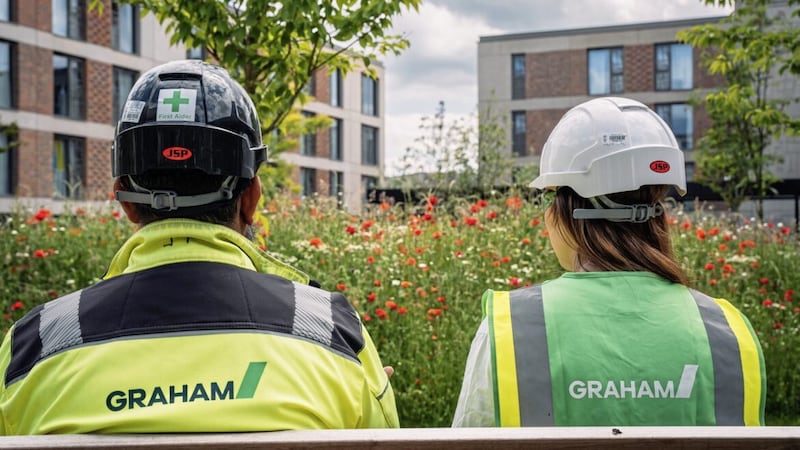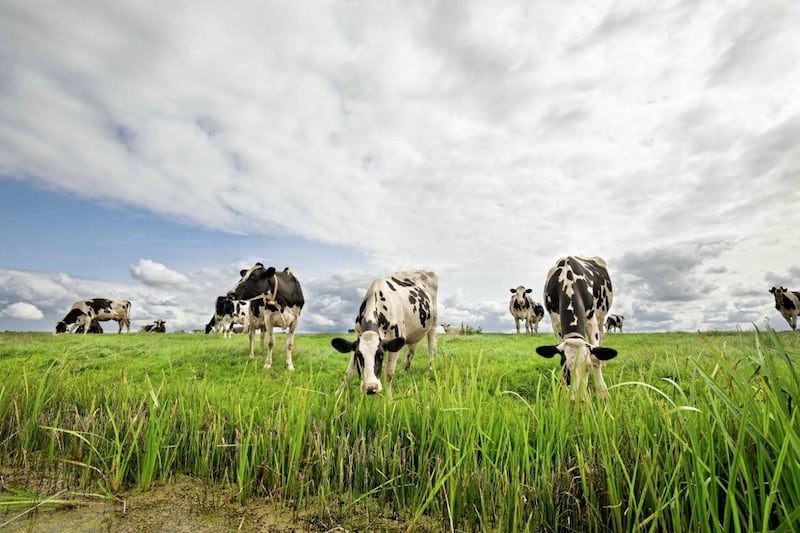TOTAL income across Northern Ireland's 25,000 farm plunged by more than £100 million last year.
Figures from the Department of Agriculture, Environment and Rural Affairs (Daera) says total income from farming (TIFF) fell from £467 million in 2017 to £360 million in 2018.
Of that total, more than three quarters (£286 million) was made up of direct support from Brussels through Common Agriculture Payments (CAP).
And given the uncertainty over Brexit, it has prompted farm groups to seek clarity on future funding arrangements.
“Decisions on how CAP will be replaced after Brexit cannot be allowed to drift further,” Ulster Farmers' Union president Ivor Ferguson warned.
“With just weeks to go until Brexit, the figures underline the continuing dependence of direct support for agriculture.
“Despite the lack of firm decisions on future support arrangements, these figures must be a wake up call that these cannot be indefinitely delayed,” he added.
The UFU says the £107 million total income drop needs to be seen in the context of there being less money available for farmers to invest or spend in their local community.
“Even with all the changes we have seen in rural areas, their financial fortunes still ebb and flow with the success or otherwise of agriculture,” Mr Ferguson said.
Ulster Unionist leader Robin Swann said: “Farming is a difficult livelihood with fluctuating markets compounded by constant unknowns from one year to the next. That uncertainty has been greatly increased in the two years since the EU referendum.
“It's ridiculous that we are now less than two months away from Brexit and our farmers still have no better idea now how they will be supported in the future, than they had two years ago.
Despite continuing general growth in both quantity and price of outputs, farmers are being hit by rising costs for all inputs. Feed, for example, makes up 55 per cent of the bill, as costs there rose by 13 per cent.
This is the flip side of the coin of price gains from weakening sterling. Most inputs such as feed, chemicals, fuel and fertilisers link back to euro or US dollar prices.
“These increases and higher labour costs are putting a squeeze on margins when incomes are just about static,” said Mr Ferguson.
Total gross output for agriculture in the north was 1 per cent higher at £2.13 billion in 2018. There was a 2 per cent increase in the value of output from the livestock sector, while field crops rose by 3 per cent, but horticulture was 5 per cent lower.
Dairying remains the largest contributor to the total value of gross output at £680m, a rise of 3%. Between 2017 and 2018, the annual average farm-gate milk price remained at 28.7 pence per litre while the volume of raw milk produced in Northern Ireland increased by 3 per cent to 2.3 billion litres.
The output value of cattle was 1 per cent higher at £467m while output from sheep increased by 8 per cent to £78m. Poultry improved by 5 per cent to £281m, the egg sector grew by 3 per cent to £107m and value of pig output reduced by 5 per cent to £159m.
Output value for field crops was up 3 per cent at £66m while horticulture was £107m lower (mushrooms is the largest contributor to this sector in value terms, with an estimated output value of £51m).
The UFU says it is particularly concerned about the plunge in incomes in both hill and lowland beef and sheep production.
“This is a threat to the very backbone of agriculture. If farmers are unable to cover rising input costs its future is in doubt. That would be a massive blow to the industry. Tackling this issue must be central to whatever new farm support structures are put in place after Brexit,” UFU president Ferguson added.
Per individual holding (there are 24,956 farms in the north including 10,318 larger farms), average incomes dropped nearly £8,000 from £33,870 to £26,030.








